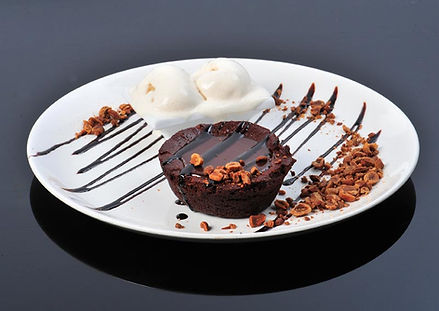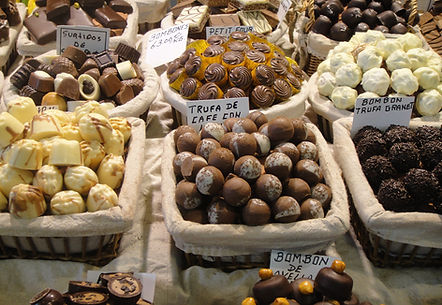The Choclate Prince


Belgian Chocolate and the World Renowned Pralines
Process of Making Belgian Chocolate and the World Renowned Pralines
People with sweet tooth have one thing in common, all of them love chocolates. To have at least one per day would not even suffice; that is for the regular chocolate. Once they taste Belgian, these cravings would increase.
The Belgian chocolate is renowned for its culinary standards. It is the one chocolate used best for different kinds of gourmet. In fact, it is the one that is commonly used for different variations of recipe which includes the ingredient. It is even said that Switzerland, the chocolate capital of the world, came up with their recipe from the Belgians.
A Wine House Atmosphere
Belgians may say that the secret behind the superior quality of Belgian chocolates are the high quality ingredients used in its production, though true, this does not make then different from other chocolate makers across the world. Any chocolate manufacturer will claim the same thing.
What separates them from the others is their means of production. The adherence of Belgian to old standards of production makes fine chocolate possible. Even with the emerging technology that they could use, most of the Belgian chocolates are still made by hand. That is why, just like fine wineries, a tour around all the chocolate shops across Belgium will include taste test. They may even throw in souvenirs.
The Key Points in their Production
The production of Belgian chocolate first starts with fermentation. They will wrap banana leaves around the pulp and seeds that they take from the cocoa fruit. Then, they will leave these one the ground or in boxes, left to ferment for six days. Microorganisms will start fermenting these until acetic acid is produced. At the end of the fermentation process, the pulp and seeds will liquefy, though the pulp will be drained later on.
Chocolate experts believe that the key to creating the best chocolate lies in the fermentation process. Tough true, it is not the key in creating the Belgian chocolate that it is known for.
Conching is a process that is used by every chocolate maker across the globe. However, the process that Belgian use is quite different. Due to their adherence to the old ways of chocolate making, they utilize all three steps for conching.
Compared to the Swiss chocolate, they utilize even the stage of dry conching. This produces the caramelized chocolates that the Belgian chocolates are known for. The Swiss does not go through the dry conch stage, which results to a milkier chocolate.
The Pralines of Belgium
One signature chocolate Belgian confection is the pralines. Its history goes back in 1857, when a man named Jean Neuhaus opened a pharmacy and sold bitter chocolate. However, it was not until his grandson, Jean II took over when these soft cream or nut paste filled hard chocolate shells were invented.
There are two ways of creating the pralines -molding and enrobing. The process of molding involves the use of a mold that allows chocolate makers create the hard chocolate shell. They will leave a small opening where the filling shall be inserted. Then it will be covered by a layer of chocolate. The process could have been easier if they used the machineries which allowed the production of the shells.
However, true to their culture, the Belgians still creates their chocolates by hand. Enrobing on the other hand is as simple as dipping the filling into chocolate. This process can only be used for fillings which are created firm.
The making of the Belgian chocolate is a tedious process, as evidenced by their use of manual labor. However, that would not matter as long as they produce the best kind of chocolate across the globe, such efforts can be overlooked.

